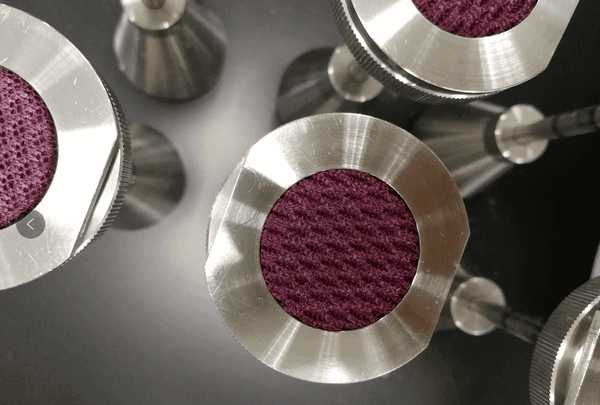- Qinsun Instruments Co., Ltd.
- Tell:+86-21-6780 0179
- Phone:+86-17740808215
- Address:No. 2578 Minhang District Gu Dai Road, Shanghai
- Contact:Mr. Li
- QQ:846490659
Selection principles of high-voltage circuit breakers

High voltage circuit breakers (also known as high-voltage switches) can not only cut off or close the no-load current and load current in high-voltage circuits, but also cut off the overload current and short-circuit current through the action of relay protection devices in case of system failure. They have a relatively complete arc extinguishing structure and sufficient breaking capacity, and can be divided into oil circuit breakers (multi oil circuit breakers, low oil circuit breakers), sulfur hexafluoride circuit breakers (SF6 circuit breakers) Compressed air circuit breakers, vacuum circuit breakers, etc.
General principles of high-voltage circuit breakers:
To ensure the safety of high-voltage electrical appliances under normal operation, maintenance, short circuit, and overvoltage conditions, high-voltage electrical appliances should be selected according to the following conditions:
1. Select according to normal working conditions, including voltage, current, frequency, mechanical load, etc;
2. Select according to short-circuit conditions, including short-term withstand current, peak withstand current, making and breaking current, etc;
3. Select according to environmental conditions including temperature, humidity, altitude, earthquake, etc;
4. Select according to the ability to withstand overvoltage, including insulation level, etc;
5. Select according to the different characteristics of various high-voltage electrical appliances, including the operational performance of switches, the protection characteristics of fuses, the load and accuracy level of transformers, etc.
Normal operation
1. The high-voltage electrical appliances selected according to the working voltage should have a rated voltage that meets the nominal system voltage of the circuit they are in. The allowable working voltage Umax should not be less than the operating voltage Uy of the circuit they are in, that is, Umax ≥ Uy.
2. The rated current In of high-voltage electrical appliances selected according to the working current should not be less than the continuous working current Ig of the circuit under various possible operating modes, that is, In ≥ Ig.
Short circuit stability
1. General requirements for short-circuit stability verification
2. The thermal effect of short-circuit current
3. Short circuit stability verification





